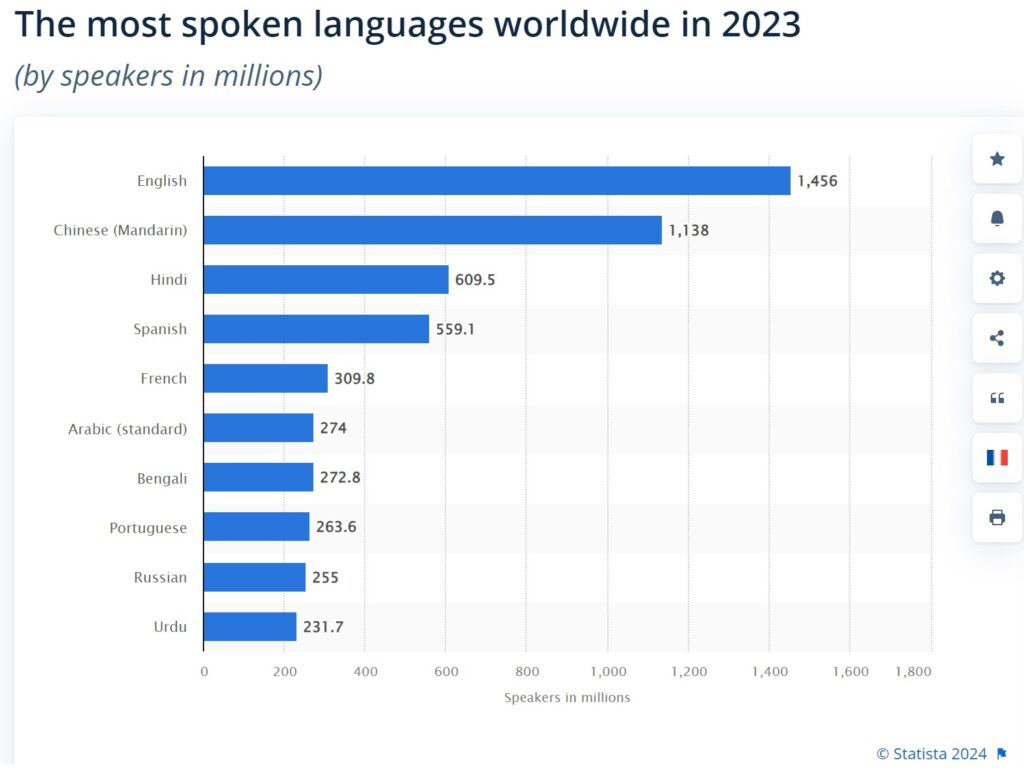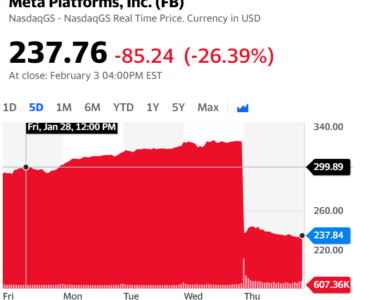In today’s interconnected world, businesses aiming for global reach can no longer ignore the Spanish-speaking community, which boasts over 575 million speakers worldwide. As companies strive to cater to diverse markets, the urgency to localize content in Spanish is becoming more pronounced, with the language ranking high on their list of priorities.
Why Localize Content in Spanish?
Spanish is the second most spoken language globally, trailing only Mandarin Chinese. Over 20 countries recognize it as their primary or official language. This wide distribution not only enhances Spanish’s appeal but also underscores the economic significance of its speakers. For instance, Spain and Mexico, two of the largest Spanish-speaking countries, are among the top 20 countries in terms of GDP. According to Statista, English, Mandarin Chinese, Hindi and Spanish lead as the most valuable online languages, with Spanish accounting for access to 10% of the global online GDP.

Despite this economic prowess, there’s a notable gap in English proficiency among these populations, which intensifies the need for localized content. CSA Research, a well known research firm in the language industry, says that over 75% of consumers in Mexico and Spain are unlikely to purchase products without localized user interfaces. This trend is consistent across the Spanish-speaking world, emphasizing the maxim, “If I don’t understand it, I won’t buy it.”
Understanding the Diversity of Spanish Variants
Spanish is spoken in more than 20 countries, each with its unique dialect and cultural nuances. This diversity means that content impactful in Mexico might not resonate as well in Argentina or may even be misunderstood in Spain. Here’s a breakdown of some key regional variants:
- European Spanish: Often referred to as “Castilian Spanish,” this variant includes the dialect which is spoken around Madrid, and Andalusian in southern Spain.
- Mexican Spanish: While significant due to Mexico’s large population, assuming this variant represents all Latin American countries is a common mistake.
- U.S. Spanish: This variant caters to the large and diverse Hispanic community in the United States, which if considered a country, would rank fifth in global GDP.
- Rioplatense Spanish: Predominantly spoken in the Rio de la Plata region of Argentina and Uruguay, this variant is noted for its distinctive pronunciation and vocabulary influenced by massive European immigration in the late 19th and early 20th centuries.
- Neutral Spanish and Latin American Spanish: These are broader variants designed to maximize comprehension across the Hispanic world without regional colloquialisms.
Choosing the Right Spanish Variant for Localization
Deciding on the appropriate Spanish variant for localization should be guided by a deep understanding of the target audience. For general information, Neutral or Latin American Spanish is advisable to ensure wide comprehensibility. However, for marketing content, using local dialects can foster a greater connection and trust with the audience, potentially leading to better long-term economic outcomes.
How Can Localization Help Your Business?
Effective localization goes beyond mere translation; it involves adapting content to reflect local languages, cultural nuances, and consumer habits. This strategic approach can significantly enhance user experience and satisfaction, leading to increased engagement and sales.
Businesses must evaluate their specific needs and the characteristics of their target demographic to choose the most suitable Spanish variant. Whether it’s for technical documentation, customer support, or marketing materials, localization in Spanish is not just beneficial but necessary for truly global outreach.
In conclusion, as the Spanish-speaking population continues to grow and assert its economic influence, businesses must adapt by localizing content to meet the diverse needs of this vast audience. Understanding and implementing the right variant of Spanish can be the key to unlocking this demographic’s full potential.
From the GTS Blog
Translating your manuals to Spanish. A must, or nice to have?
Navigating the Nuances of Spanish in the USA for Effective Communication and Localization





